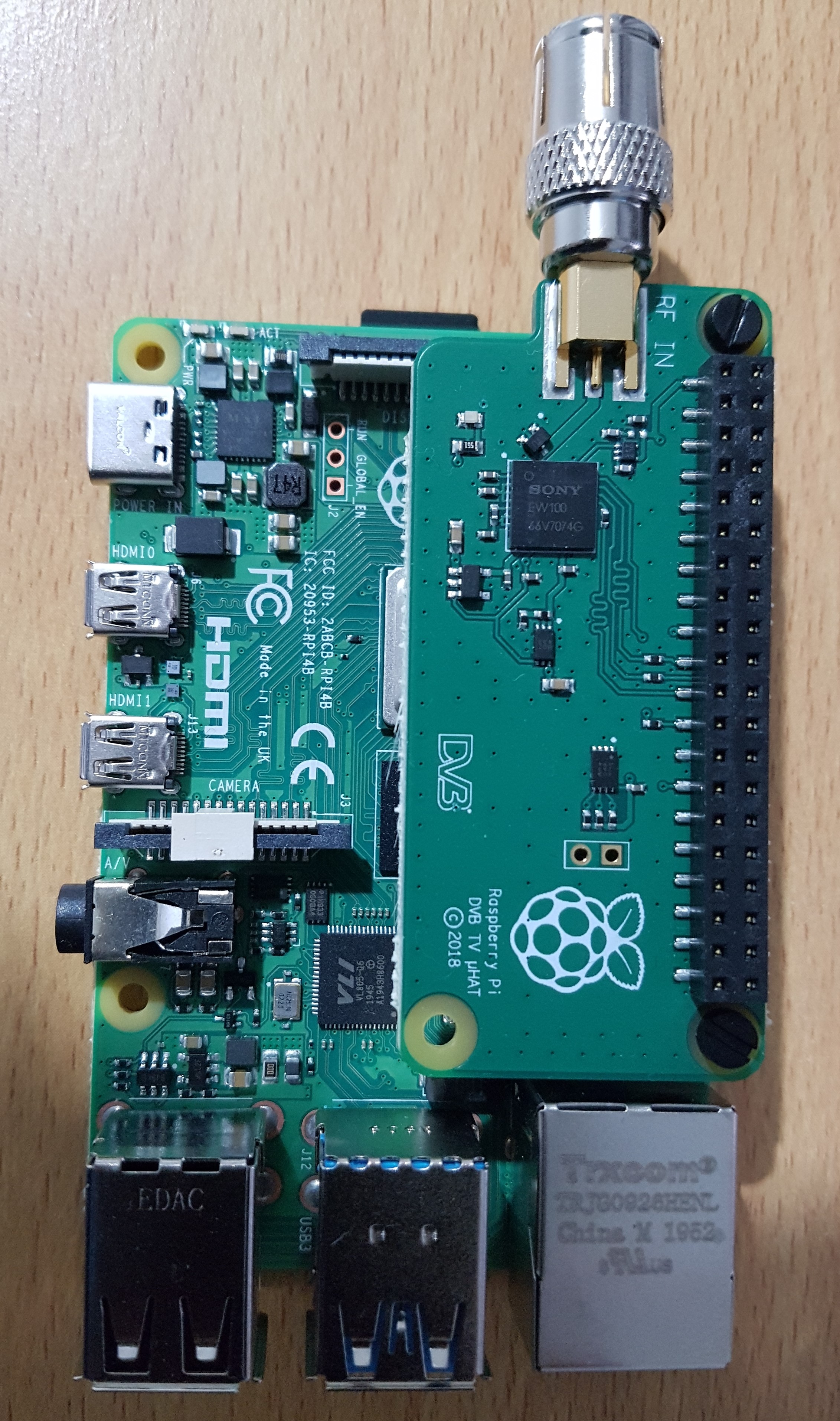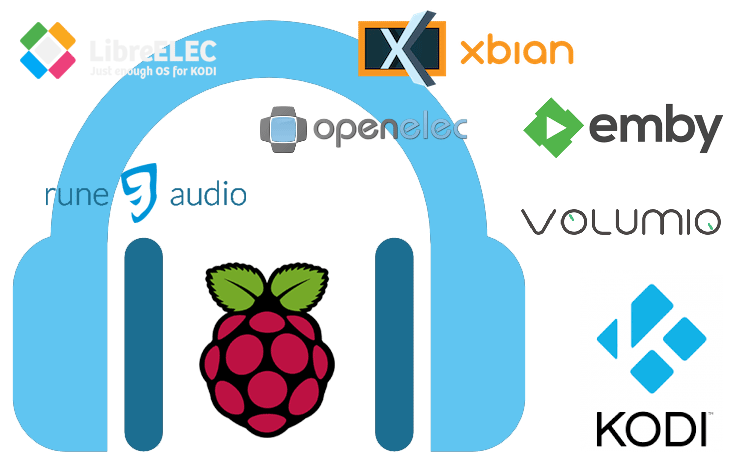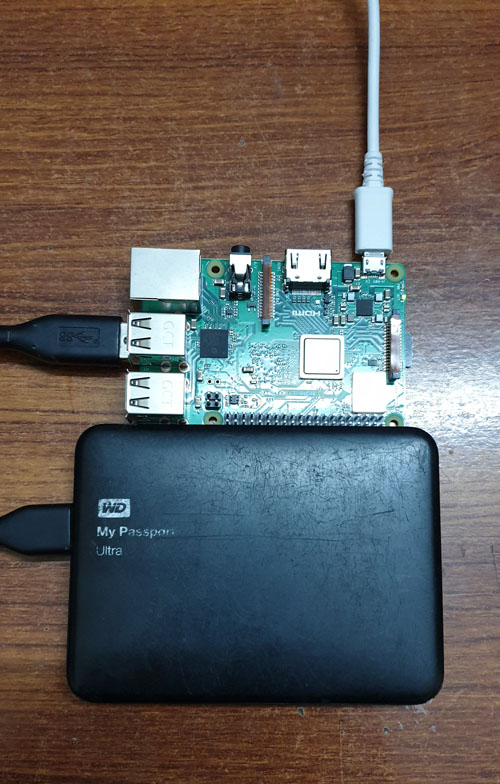

NAME STATUS VOLUME CAPACITY ACCESS MODES STORAGECLASS AGE You can verify the PVC exists with the following command: $ kubectl get pvc -n media Unlike the PV, the PVC belongs to a namespace.Ĭreate the following file and apply it to the k8 cluster. The Persistent Volume Claim is used to map a Persistent Volume to a deployment or stateful set. Media-ssd 200Gi RWO Retain Available manual 34sĢ. NAME CAPACITY ACCESS MODES RECLAIM POLICY STATUS CLAIM STORAGECLASS REASON AGE You can verify the PV exists with the following command: $ kubectl get pv

The Persistent Volume specifies the name, the size, the location and the access modes of the volume:Ĭreate the following file and apply it to the k8 cluster. If you followed the previous articles to install and configure a self-hosting platform using RaspberryPi and Kubernetes, you remember we have on each worker a NFS client pointing to a SSD on /mnt/ssd. The first step consists in setting up a volume to store our media files and data required to run each component. To create a namespace, run the following command: $ kubectl create namespace media We are going to isolate all the Kubernetes objects related to the Media Center into the namespace media.

Self-host your Media Center On Kubernetes with Plex, Sonarr, Radarr, Transmission and Jackett.Deploy NextCloud on Kuberbetes: The self-hosted Dropbox.Install and configure a Kubernetes cluster with k3s to self-host applications.Install Raspbian Operating-System and prepare the system for Kubernetes.This article is part of the series Build your very own self-hosting platform with Raspberry Pi and Kubernetes

(5/8) Self-host your Media Center On Kubernetes with Plex, Sonarr, Radarr, Transmission and Jackett


 0 kommentar(er)
0 kommentar(er)
